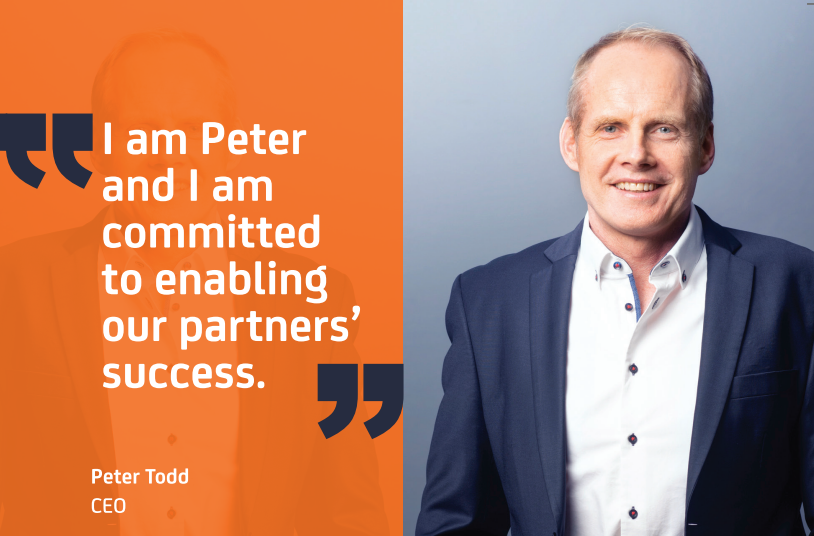
Sumit Kumar Sharma, Enterprise Architect and Head of Advisory Services at In2IT Technologies
Traditional bricks and mortar banks have been heavily disrupted by the emergence of digital banking in South Africa. These new entrants into the market have the advantage of being ‘born digital’, without the years of legacy that the big four banks have. The agility and easy access of digital solutions is changing the game, making banking accessible to markets that have previously been underserved. Traditional banks need to embrace digital transformation (DX) if they are to remain both relevant and competitive today and in the future.
Reaching new markets
One of the biggest limitations of the traditional banking system is the reliance on branch offices, face-to-face communication and paper-based processes. This has meant that typically, people who live in remote and rural areas have not made use of the banking system – branches were too far away, and it was too inconvenient. Digital banking has changed this because all you need is a smartphone and internet connectivity to access savings and credit facilities as well as the innovative new banking products that are now on offer.
Adoption of digital banking is high in South Africa and in many other developing countries because of this ease of access, and it will form the basis of economic growth across the African continent. Traditional banks now need to solve this challenge so that they too are able to access these markets and participate more fully in economic growth and development.

Committed to enabling our partners’ success.
Through authentic relationships, we are committed to enabling our partners success by co-creating solutions and unlocking shared
value. Always with a personal touch.
Chat to me about how we can help you grow your business
sustainably.
Licensed Insurers and authorised FSPs.
Work in progress
Traditional banking organisations are well aware of the need to adopt DX in an effort to bridge this technology gap, however, it is often easier said than done. One area that has received a lot of focus is communication, as banks take steps to introduce an omnichannel experience that enables customers to receive support 24/7. However, the real gap lies not in the technology, but in the difficulty with change. The intent is there and the demand is there, but the processes that are in place carry the hallmarks of the years of legacy.
The wrap trap
The biggest issue with the current approach to DX is that most of the traditional banks take the approach of wrapping technology around the old ways of working. For example, online account applications still end up requiring paperwork and a visit to a branch for verification, which makes the process difficult for those in remote areas.
If core business processes are not addressed, traditional banks will always remain traditional at heart. Digital banking is more than a chatbot, an app and not having physical branches. It is about how data is handled, the way banks interact with customers and the agility of internal processes which will affect the time to market for new products and services. These core processes need to be modernised, data platforms need to be transformed and existing mindsets need to shift toward innovation and integration if legacy banking organisations are to remain relevant and competitive in the future.
Partnering with customers
The disruptors are setting the agenda and consumer behaviours have already changed. Customers are more technologically savvy than ever, and their demands are driving banking to adapt to meet new expectations. Banking is moving from simply an account to store money and transacting toward a partnership for financial wellbeing, and innovators are introducing new products and services to meet these needs.
Traditional banks need to identify what they need to change to meet new customer expectations and become more agile in deploying products and services. Digital banks are becoming increasingly mainstream and mature and will play a far bigger role in the sector as time goes on. Change must come from the inside out, because the new world of banking is not just about fancy products, it is about integrating those who were previously excluded from economic participation by the old systems, to drive growth and sustainability.

